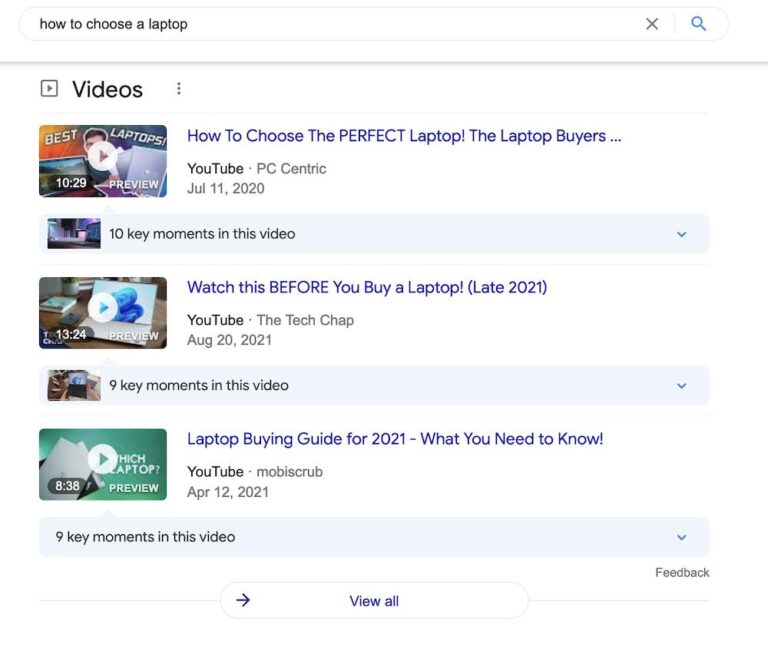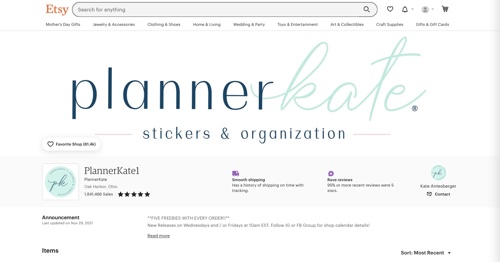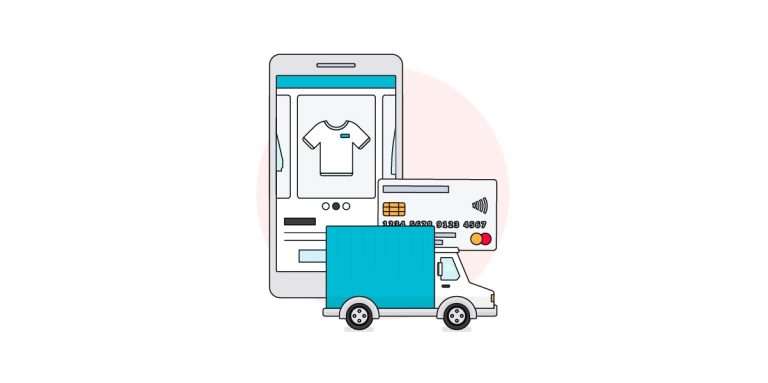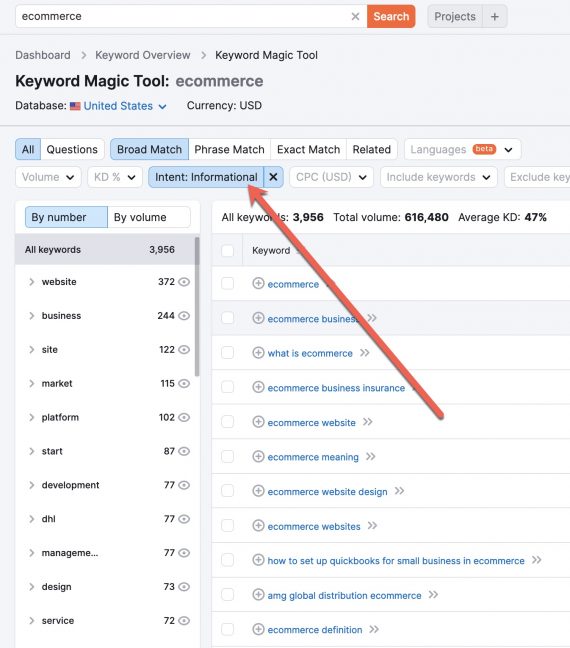
How does this audience meet my primary objective? Customers who are familiar with the product are most likely to purchase it again. Additionally, they are more open to promotional communications and education about how these products can help them.
Ecommerce businesses often feel pressured to offer coupons, discounts, and promotions to customers in order to achieve higher sales numbers. Currently 60% of online shoppers look for coupons before purchasing from digital retailers, so this pressure is only expected to grow. Considering that online coupon users spend 24% more than regular shoppers, deciding to offer promotional campaigns is not a bad plan for online store owners.
Step 1: Set your objectives
Establishing a timeline for your promotion seems simple, but is incredibly important to your overall campaign. Before you launch your online promotion, select your start and end date. Setting predetermined limits allows you to take better measurements after its expiration, and helps set expectations beforehand. This decision should also include strategic thought.
Overall Success Metric: Purchase of a Milk & Honey bath product
Now that you have the details of your ecommerce store’s online promotion mapped out, it’s time to shift your focus onto how and where you should communicate it to your customers. Based on the audience and timeline you’ve selected, you can quickly build a plan to reach your customers based on what you already know about your targets.
By having these milestones created ahead of time, your promotion will begin with more structure, meaning that you can plan for traffic spikes and/or questions.
Proposed Promotion: 10% Off All Milk & Honey-Scented Bath Products
- Reduce inventory levels of milk & honey products to make room for new and/or more popular scents
- Drive traffic to the “Milk & Honey” product page to increase awareness of this specific scent/category
- Provide information regarding the specific benefits that bath products infused with milk & honey offer skin
Instead of simply picking a number that sounds appealing, a successful online promotion is based on pricing analysis. Begin by looking at your margins from the products that will be discounted and subtract the discount amount from the total. As you continue the analysis, you’ll have to make decisions on how much margin you’re willing to sacrifice for the promotion.
Step 2: Select your audience
In this example, you would have about two weeks between the end of the promotion on June 30th and your next order deadline on July 15th to evaluate results and plan next steps.
Primary Objective: Increase sales, as purchases of milk & honey-scented bath products have dropped 15% over the past quarter
Choosing dates based on business logistics is helpful, but you can also consider choosing timeframes based on seasonality, trends, and other factors.
But with all of the promotional clutter present online, how do you ensure that your business comes out on top? It’s simple: out-plan your competition. Arbitrary promotions are revenue-draining problems that provide minimal benefit to your business over the long haul. Before you start any ecommerce promotion, make sure you fully address each of the following steps so that your campaign is positioned for success.
Next, decide who it would be most beneficial to share this specific promotion with. In some cases, it’s most effective to extend your discount to everyone searching for products online, but in most instances, it’s better to segment because you’re likely to see better follow-through. When deciding on your promotion’s target audience, use your objectives as your guide.
Step 3: Pick your timeline
What are the most effective ways to inform customers of this promotion? Email and Social Media
What is the average margin on the discounted products?
When will these messages be sent?
To complete preparation for your promotion, establish the correct tools and a timeline for pulling reports and metrics. During the beginning stages of your campaign, create tracking links for each of your communications outlets so you can measure how well each channel performed. Also, decide which reports you want to run and what “success” means to you.
Take a look at this example:
Step 4: Perform a pricing analysis
Note how each of the secondary objectives are focused toward benefiting the category as a whole as well as the business as a whole in the long-term.
Secondary Objectives:
Why is this the most effective way? Current customers are most receptive to promotional emails and are more likely to follow us on social media channels. It also provides the quickest turnaround from an execution standpoint.
- Average Price for Milk & Honey Bath Products: $20.00
- Average Cost for Milk & Honey Bath Products: $12.50
- Average Margin for Milk & Honey Bath Products: $7.50
- Margin with 10% Discount = $5.50
Promotion Timeframe: The month of June; 30 days from June 1st to June 30th
Step 5: Create a communications plan
With this specific example, you can see that a 10% discount would lead to an average margin reduction of 33.33%.
Adding to our example:
Take a look at this continued example:
Selected Audience: Customers who have previously purchased milk & honey-scented bath products
By using this strategic promotional plan each time your ecommerce business runs a new offer, you can greatly increase the efficiency of your campaign. More importantly, you’ll begin using a more calculated approach to online promotions, which will better protect your online business—and give you peace of mind.
- Emails:
- June 1 at 11am
- June 26 at 1pm
- Social Media (Facebook and Twitter):
- June 1 at 11am
- June 9 at 5pm
- June 13 at 11am
- June 22 at 2pm
- June 29 at 12pm
Here’s an analysis from our example, although each promotion will vary:
Step 6: Prepare for reporting
Email Success Metric: Clicks to a product or category page
Start by creating a list of objectives you hope to achieve. While the most obvious goal is to increase ecommerce sales, take your planning further by splitting your objectives into primary and secondary objectives. The Primary Objective is the reason you’re running the promotion, while the Secondary Objectives are additional benefits you hope to gain from the promotion.
Back to our example one last time:
Why this specific timeline: The deadline for the next shipment of ingredients is July 15, so we’ll want to consider the effectiveness of the campaign and adjust the order based on sales volume.
Here’s more of our example:
There are many ways to segment your audience, so just make sure to be selective—only heavily target those who are most likely to help you meet your primary objective.
In Conclusion
Social Media Success Metric: Clicks


![Breaking News: Roku Acquires Nielsen’s Advanced Video Advertising Business [What It Mean For Marketers]](https://research-institute.org/wp-content/uploads/2021/04/what-to-know-before-you-sell-your-small-business-768x432.png)



